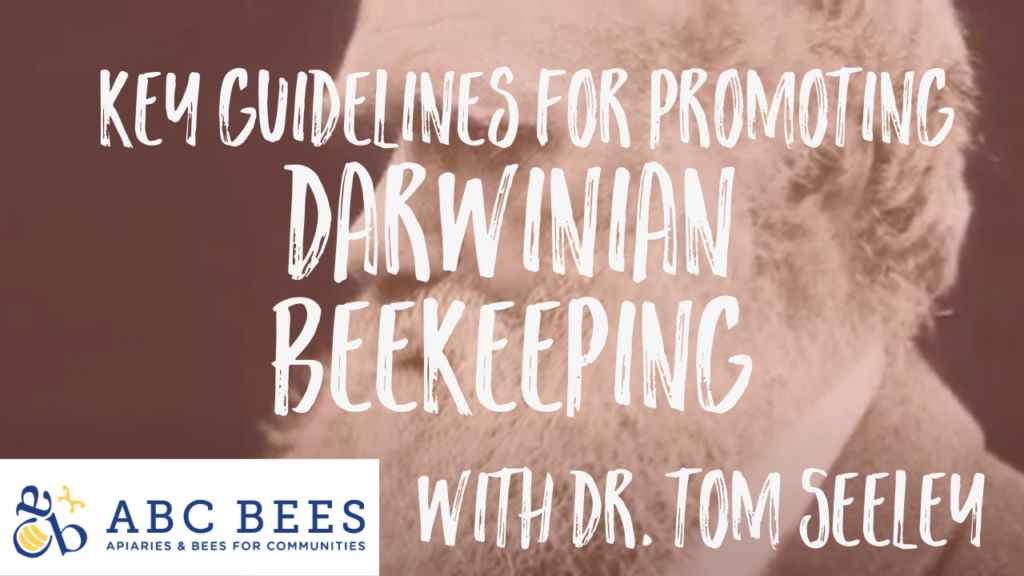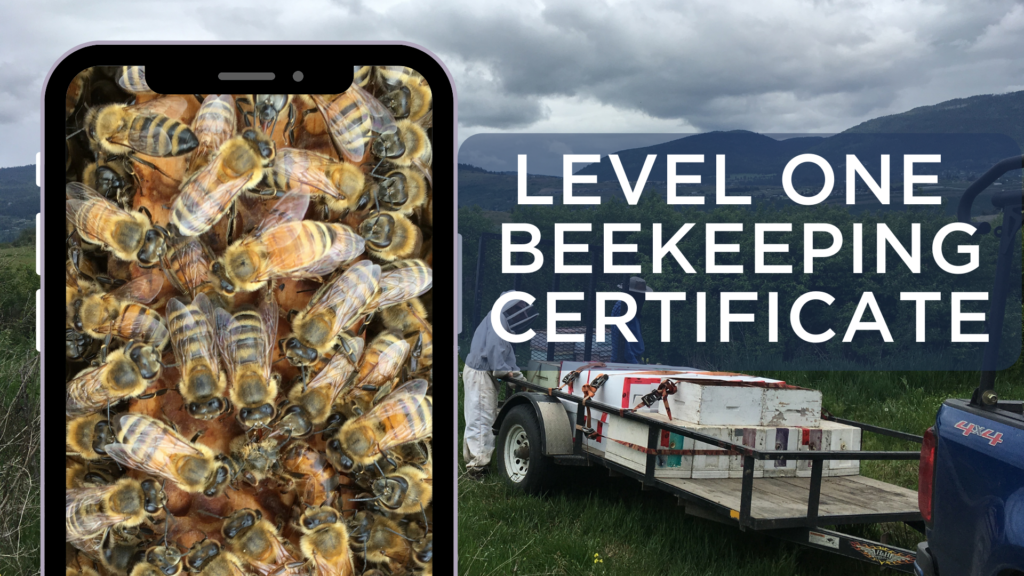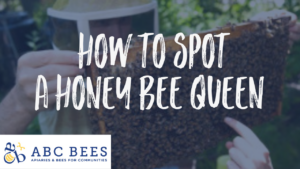Outcomes
Learners will understand the concept of Darwinian beekeeping and key guidelines for promoting a more natural and sustainable approach to beekeeping.
Key Points
Darwinian beekeeping is an evolutionary approach that aims to let the bees use their own beekeeping skills fully. It aligns beekeeping methods with the natural history of honeybees, allowing them to live as close to nature as possible. The goal is to provide managed colonies with conditions that mimic those of thriving wild colonies, enabling bees to utilize their evolved adaptations and live in conditions similar to their original environment.
Guidelines for Darwinian Beekeeping
Keep bees that are adapted to your location
House your colonies in small hives
Space your colonies as widely as possible
Line your hives with propolis collection screens
Provide your most resilient colonies (lowest mite count) with 10-20% drone count
Keep nest structure intact
No top entrance use just a small bottom entrance
Do not disturb colonies in winter
Refrain from treating colonies for varroa
Beekeeping has a rich history, and throughout the years, various approaches have emerged to promote sustainable and natural practices. One such approach is Darwinian beekeeping, an evolutionary method that aligns beekeeping with the natural history of honeybees. In this blog post, we delve into the principles of Darwinian beekeeping as shared by renowned beekeeping expert, Dr. Tom Seeley from Cornell University.
Dr. Tom Seeley is a distinguished researcher and author known for his extensive studies on honeybee behavior and ecology. His insightful work has contributed to our understanding of the intricate world of bees and has inspired many beekeepers around the globe. With his expertise and passion for bees, Dr. Seeley has become an advocate for Darwinian beekeeping.
Principles of Darwinian Beekeeping:
1. Keep bees that are adapted to your location: In Darwinian beekeeping, it is essential to select bees that are well-suited to the specific environment in which they will be kept. By doing so, the colonies are more likely to thrive and exhibit better resistance to local challenges and diseases.
2. House your colonies in small hives: To mimic the natural nest cavities of honeybees, Darwinian beekeepers use smaller hive configurations. By providing colonies with a living space similar to their original environment, beekeepers promote the bees’ natural behaviors and overall well-being.
3. Space your colonies as widely as possible: In Darwinian beekeeping, colony spacing is crucial. By placing hives at a significant distance from each other, beekeepers minimize the risks of drifting, robbing, and mite transmission between colonies. This practice enhances colony health and resilience.
4. Line your hives with propolis collection screens: Encouraging bees to produce a propolis envelope within the hive is another essential aspect of Darwinian beekeeping. By lining hives with propolis collection screens, beekeepers stimulate bees to create an antimicrobial shroud, reducing the need for bees to work tirelessly to fight microbial infections.
5. Provide your most resilient colonies with 10-20% drone count: To promote genetic success and diversity within colonies, Darwinian beekeepers allocate a portion of the hive’s comb to drone cells. This practice supports the bees’ natural reproductive processes and contributes to overall colony resilience.
6. Keep nest structure intact: In Darwinian beekeeping, maintaining the integrity of the nest structure is crucial. Beekeepers aim to avoid excessive disruption of frames and comb arrangement, allowing the bees to organize their living space in a way that aligns with their natural instincts.
7. Use a small bottom entrance instead of a top entrance: To mimic the bees’ original hive design, Darwinian beekeepers prefer using a small bottom entrance. This helps create a warm pocket of air within the hive, preventing unnecessary heat loss and supporting the bees’ natural thermoregulation processes.
8. Do not disturb colonies in winter: In winter, Darwinian beekeepers refrain from disturbing the colonies. This includes avoiding hive checks, stimulative feeding, or providing pollen patties. Allowing the bees to hibernate undisturbed supports their winter survival and overall health.
9. Refrain from treating colonies for varroa: Unlike conventional beekeeping practices, Darwinian beekeeping promotes resistance and adaptation. Beekeepers resist the urge to treat colonies for varroa mites, allowing the bees to develop their own natural defense mechanisms against these pests.







